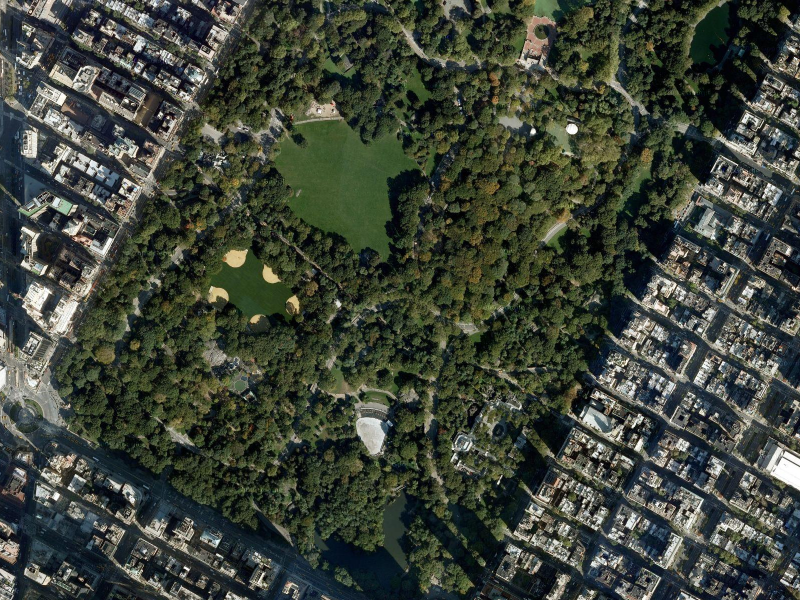212 acres and a marble
Picture will go here |
Here is a little blue marble, painted with little green continents. The green continents, and transparent ocean, represent the distribution of life on earth. Though life started in the oceans, life is relatively sparse in them, occuring mostly around nutrient upwellings. The rest of the ocean is almost lifeless. The land has much higher biomass per square meter, even in regions like the Mojave desert. So, besides the ice caps and mineral deserts like parts of the Sahara, the land represents plant life, and the food chain that depends on it. The marble is pretty accurate as a representation of life. |
The marble is 2.20 centimeters (0.866 inches) in diameter. The earth is 12,742 kilometers in diameter, 579 million times bigger. The earth intercepts 174,000 terawatts of energy from the sun. On average, about 20,000 terawatts of that energy is captured by land plants, from rain forests to the soil microbes of the Mojave. Most of that captured energy drives chemical processes in the plants, but about 200 terawatts becomes food and fiber, which feeds animals and microbes and fungi. While used by animals and fungi is small, these organisms are the recyclers of nature, converting dead plants into the materials to make more plants.
The sun puts out 384 trillion terawatts. How much is that compared to the earth? 2.26 billion times the energy shining on the whole earth - the rest blows out into empty space, never to interact with matter again. A tiny fraction might be visible as starlight on other worlds, but beyond 60 light years, the sun would only be visible with a telescope. It is very unlikely that the light of the sun matters to anyone or anything besides life in the solar system.
The cross section of the marble is 3.8 cm2 ( 0.588 in2 ). 2.26 billion times that is 86 hectares (212 acres), or a square of land 920 meters on a side.
86 hectares is the area of New York's Central Park, below 72nd street. The squiggly street near the top of this photo connects to 72nd street. |
Imagine a person standing in the middle of the big field - on the scale shown, the person would be about a tenth of one pixel. The person is holding up a marble. Imagine that the marble holds on its surface all the life we know about, perhaps all the life there is. The entire park is available as a future home for digital and biological life.
With all that area waiting for us, available but unused, how can we possibly think of stealing habitat from life on that tiny little marble?
There are 100 billion stars in our galaxy. Someday, we will reach all of them. The ratio of their energy output, to that of our sun, is the same as the ratio of 170 Earth surfaces to lower Central Park. That is our legacy. Perhaps we share that legacy with other life elsewhere. That makes it even more important to learn to share our tiny little marble with all of life, in preparation for the sharing we will do in the far future.
The universe is vast, and mostly dead. Our mission is to bring life to all of it.

